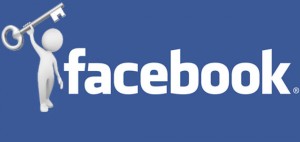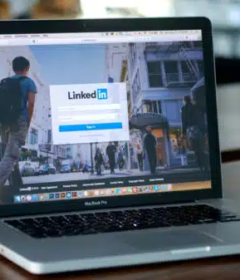After Places & Deals, What Is Next For Facebook?

One of the disadvantages of being a digital marketer outside of the US, as I’ve said before, is that so many great new innovations take months to be launched in other countries. A case in point is Facebook Places, which, despite the fact that Facebook’s EMEA HQ is based in Dublin, has only just been […]
What the impact of such location based services will be is still hard to say, though the fact that two social discount sites placed ads in the Superbowl certainly shows how high the stakes are.
There’s obviously money in local/location. Groupon probably spent in the region of $6 million on their Superbowl slots, turned down a rumoured $6 billion offer from Google, and have $950 million in the bank.
The interesting thing about Facebook’s entry into this market — Deals — is that it doesn’t cost advertisers, whereas Groupon generally take 50% of any revenue left after a discount has been promoted (something that Groupon’s investors might want to carefully consider).
So what does Facebook get from Deals & Places? Two things: engagement & data.
Every time someone checks into a Place, or makes use of a deal, they populate Facebook’s Social Graph, and provide further insights into their likes and interests. If you check in to the cinema several times in a month and take up a deal on eating out, Facebook can work out that you’re probably pretty active socially, in the true sense of the word.
Check into a café at 2 in the afternoon and claim a deal on kid’s clothes, and they’ll probably be able to build a profile of someone with children. All of this data goes to build a picture of the consumer that advertisers can use to better target their communications, but only on Facebook. At the moment.
Since its launch, Facebook’s Platform has been integrated into more than 2.5 million 3rd party sites, and over 250 million people interact with content on external sites through Facebook plugins every month.
At the moment, all of that data allows publishers and retailers to build a picture of what products/articles people like, and also helps Facebook build its internal ad product. But what would happen if that data was used to start powering ads off of Facebook?
Whilst not a patch on the $6 billion they were (supposedly) prepared to chuck at Groupon, one of Google’s other (relatively) recent purchases is as much of a sign of what the future of digital marketing is likely to look like: Invite Media is a demand-side platform, or DSP. These are basically networks that allow publishers/advertisers to build a strong profile of a user based on the sites he or she visits, and then allows those users to be targeted in real-time by maximising the value of remnant inventory, often using an auction model.
Essentially, this means that display moves from targeting based on context (people with kids are likely to visit the parenting section of MSN.com, so that’s where I’ll put my ads) to targeting actual audiences (this person has visited loads of parenting sites, so now I know what they’re interested in, I’ll put my ad on this really cheap blog).
Every media agency in the world (including the one I work for) is investing in DSPs and ad exchanges, as are the likes of Yahoo! and MSN. But what if the developed world’s most popular site, with reams of data on what its consumers like, watch, talk about, visit and want to redeem vouchers for, was to launch its own advertising network, based on the power of its social graph?
I’m guessing that it would be something that Facebook’s investors, and its advertisers, would like very much indeed.


